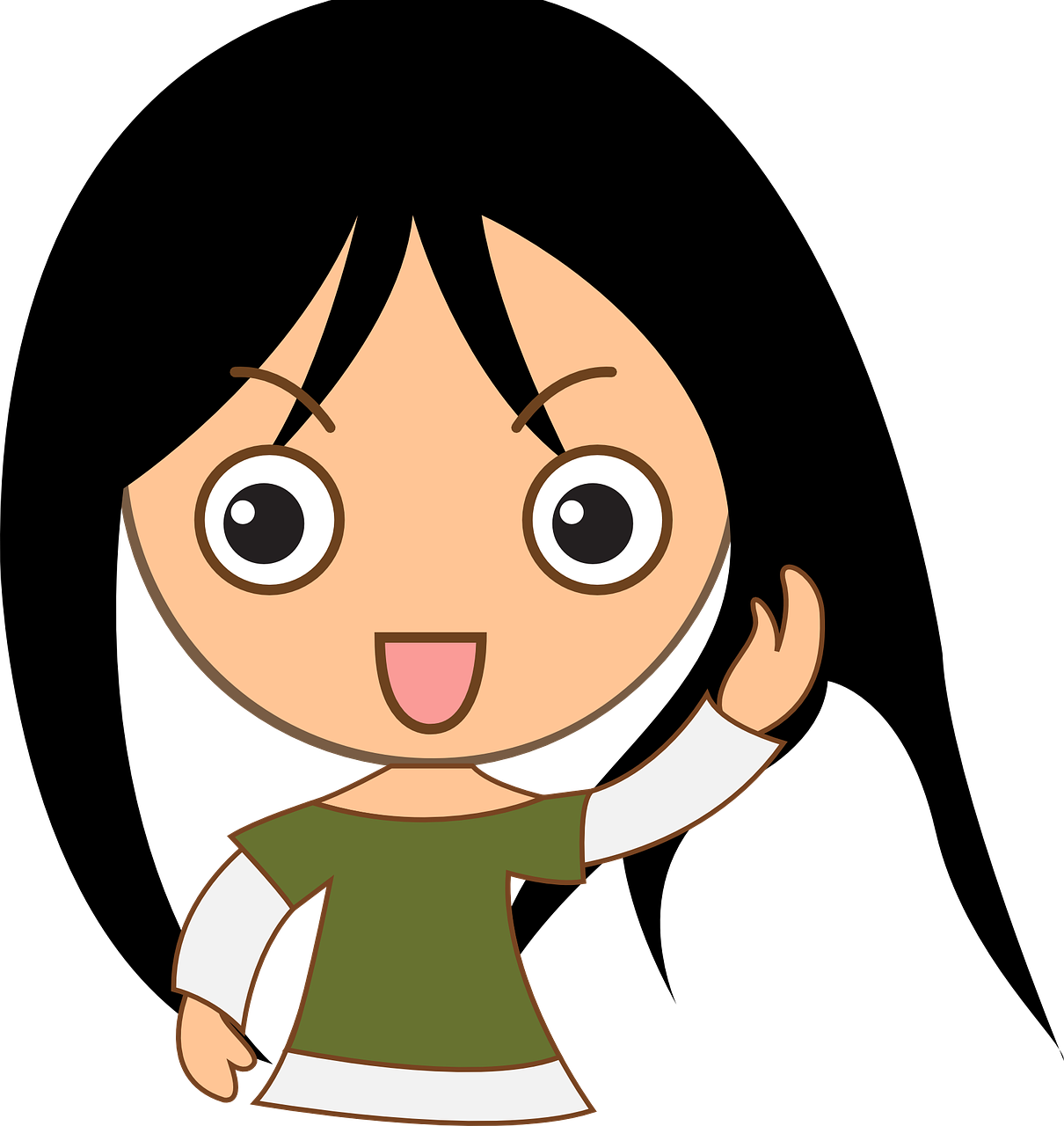In our journey to stay in target language and start to use more phrases, my students and I have stumbled onto a target-language activity we use to transition from one activity to the next. I share it with you here, and as I knew I couldn’t just put it into words, my kids graciously demonstrated for you as well. They find it fun (as you may or may not see in the videos!) and it keeps very high-frequency speaking targets continual in our classroom.

Here is the list of the gestures with the “I…” verbs and optional endings:
- Gesture both hands from side of head straight down: I am (identity / characteristics).
- Gesture open hands on either side of face: I am (feeling).
- Snap hands closed close to chest: I have (something).
- One hand on chest, other hand outstretched up: I want (something / to do some activity).
We are also about to add:
- Show muscles: I can (activity).
Other options you could add:
- Thumbs up: I like (thing, activity).
- Gesture with hands straight ahead: I’m going to (place, do activity).
When we’re moving from one activity to the next or whenever I see their eyes start to glass over, I pull a popsicle stick from a cup full of sticks with their names on them, gesture to that student to stand, and quickly do the gestures myself with just the beginning words: “Soy, estoy, tengo, quiero.”
Ready to see my kids demonstrate? (NOTE: These videos are unlisted. Please do not share privately or embed in any location, but feel free to direct teachers to this blog post. Thanks to the parents and kids who gave me permission to show you our activity this way.)
Here is an unedited version of one student doing the whole sequence. It’s hard to hear what she says at the end, but you’ll notice she “accidentally” uses quiere and then the word she says is libro.
Some logistics info: The younger students you see have class 60 minutes once a week. The older ones have class 90 minutes once a week. All have enrichment activities I post on Edmodo that they may or may not complete (we do not grade “assignments”). The little blonde with the turquoise socks is mine and she’s bilingual at about an Intermediate Low proficiency, if I had to guess, so she doesn’t count, LOL. All the rest began this program in August with no measurable proficiency.
9 Comments
Comments are closed.
Thank you Sara Elizabeth for sharing these great actions to go with complicated Spanish verbs. I started using them right away after you showed them to us at Central States :))
Thank you for sharing! This gives me awesome ideas on how I can incorporate gestures into our Super 7 Verbs. We are studying travel right now, and we have a whole set of gestures we use to differentiate the “motion” verbs (to go, to come, to depart, to arrive), since they are contextually so similar.
You should see if you can get permission to video and share! 😉
If I can’t manage it, you can settle for the consolation prize of filming me doing them at Camp Musicuentos this summer. 😉
DONE. 🙂 Remind me.
I’m unclear about how you introduced this activity to the students and if they simple know what they are supposed to do when you ask them to stand and start gesturing these things to them. It sounds like something I would like to do in my class, but am not really sure how you begin asking them to do these things and how the students finish their sentences. Each student is supposed to come up with a sentence for each gesture? Do they have the gestures memorized? Thank you!
Great questions! After students had a decent grasp on what these words meant – about 15 or 16 classes (for us, weeks) in – I introduced this as a transition or brain break by asking a student to do it. By the time the fourth or fifth student was asked to do it, one or two class periods later, they realized it was a new routine. Now if I draw a student’s name and say “Soy, estoy, tengo, quiero” they know immediately what to do, and they do -more or less, as you can tell- have the gestures memorized, and/or care to do them 😉
Okay, for example, if I was the student and you looked at me and said, “Soy, estoy, tengo, quiero,” I would then go through the appropriate motions as I made up my sentences using those four words. Such as, “soy alta,” “estoy feliz,” “tengo un pájaro,¨ and ¨Quiero chocolate.¨ So they make the sentences up like that?
Exactly. Then we move to our next activity.